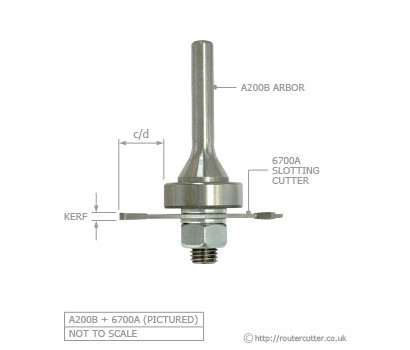andrewm
Established Member
Its a while since I was last here but hoping I might get an opportunity to butcher some wood this year. First though is a kitchen to install.
Our chosen handle is of the type that sits on the top of the drawer or door rather than being fixed to the face. To this end it requires a 2.6mm wide slot running the length of the top edge.
What would be the best way to achieve this? I am thinking a slot cutter in a router. The nearest that Wealden stock is 2.5mm. Will the 0.1mm make an appreciable difference? Would I risk splitting the door when forcing in the handle?
Or is there a better way. Any ideas appreciated.
Andrew
Our chosen handle is of the type that sits on the top of the drawer or door rather than being fixed to the face. To this end it requires a 2.6mm wide slot running the length of the top edge.
What would be the best way to achieve this? I am thinking a slot cutter in a router. The nearest that Wealden stock is 2.5mm. Will the 0.1mm make an appreciable difference? Would I risk splitting the door when forcing in the handle?
Or is there a better way. Any ideas appreciated.
Andrew

































